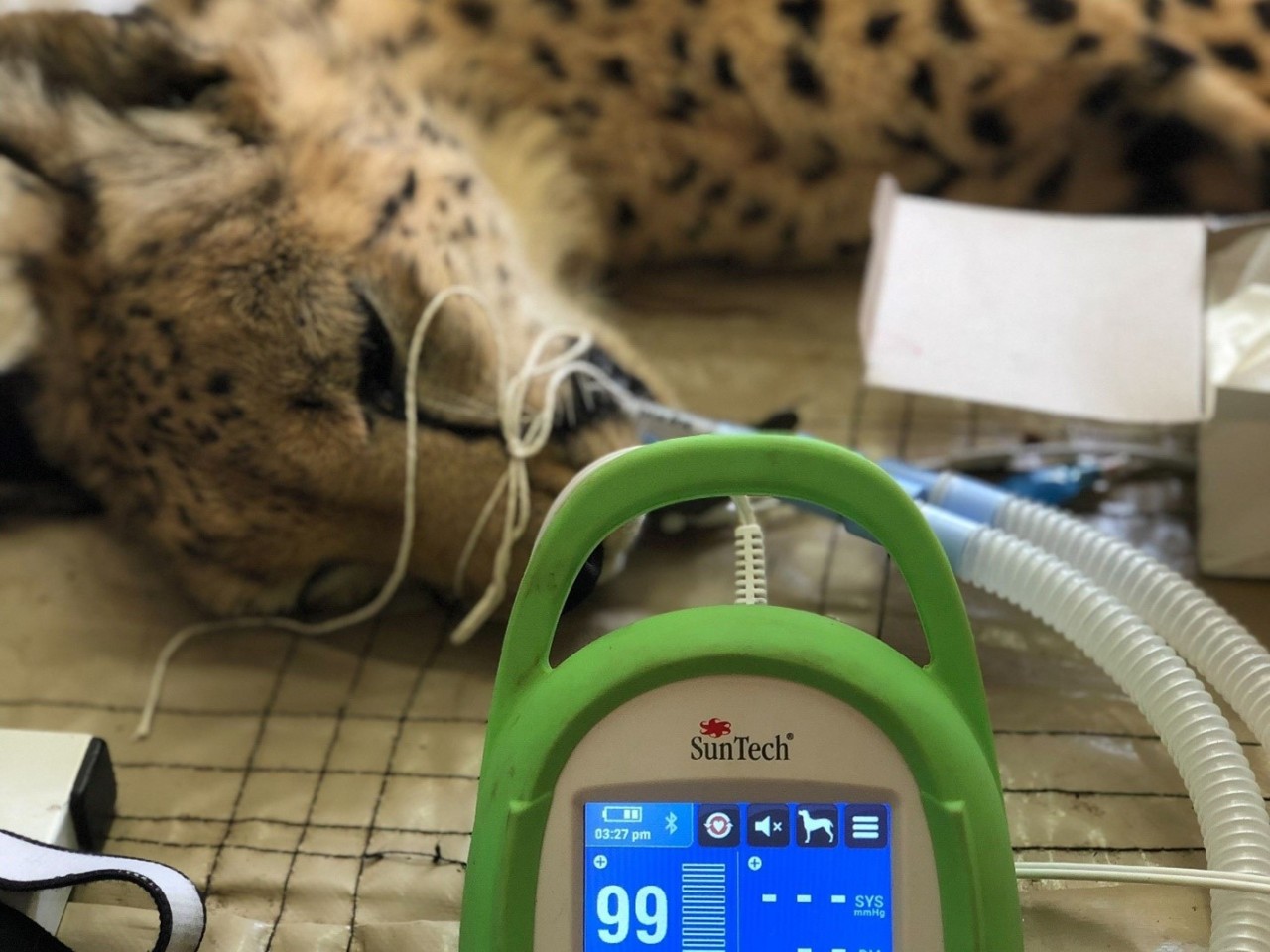![]()
Blog @ SunTech
Advice from the BP Measurement Experts
Insights from AAEP 2018 (American Association of Equine Practitioners Conference)

SunTech announced just last week that a new veterinary blood pressure algorithm is under development. This new algorithm will be fine-tuned for equine physiology and will offer a non-invasive way to measure blood pressure on horses. To make the announcement, SunTech exhibited at the 64th Annual Convention of the American Association of Equine Practitioners in San Francisco. I had the opportunity to attend the convention with the primary goal of better understanding how veterinarians use and measure blood pressure today in their equine patients.
When is blood pressure measured in horses?
Most vets that I spoke with at AAEP are already measuring and monitoring blood pressure during surgery, often using an intra-arterial line. Many also measure blood pressure during pre-op and post-op. Other situations where blood pressure is a valuable clinical parameter are emergency assessments, disease diagnoses, physical exams, and cardiac evaluations. The majority of cases when blood pressure is measured occur when the horse is under anesthesia and blood pressure can be measured invasively. Although invasive, intra-arterial blood pressure is by far the most common method of measuring blood pressure, about half of the vets that I spoke with do use oscillometric, non-invasive methods as well, sometimes as a supplement to the invasive monitoring.
Are there ever issues with measuring intra-arterial blood pressure?
I wanted to better understand why most equine vets do occasionally measure non-invasive blood pressure, even when the horse is under anesthesia. I found out that an intra-arterial line is far from a perfect method and it can have issues from time to time. Some vets mentioned that the intra-arterial blood pressure line can get clogged, which can cause the operating room monitor to stop displaying a blood pressure reading. Other vets mentioned that it can be difficult to place the arterial line in some patients, leaving them with no choice but to use oscillometric monitors to measure blood pressure.
When would it be useful to have a highly accurate, non-invasive blood pressure monitor?
Equine vets are excited about the idea of an accurate, non-invasive blood pressure monitor for use as a back-up to the operating room monitor during surgery. They could also see themselves using such a monitor in the field, during foaling, trackside during racing events, in horse stalls, or during rescues. Measurements would be easy to obtain in any environment using a cuff placed around the base of the horse’s tail.
Attending AAEP was an eye-opening experience and I am so glad that I had the opportunity to speak with so many equine practitioners that are passionate about the care of their patients. My biggest takeaway from the event is that equine veterinarians need a way to accurately measure blood pressure non-invasively. There are many applications where placing an arterial line is not practical or safe, but blood pressure measurement would add clinical value. Many of the non-invasive blood pressure monitors on the market today are not designed specifically for equine patients and often do not have the capability to measure the lower ends of equine heart rate ranges.
If you'd like to know more about our Equine related products and technologies, request more information here.
Interested in getting more SunTech news, product info, as well as
tips, tricks, and insights from BP experts?
Sign up to get fresh content delivered direct to your inbox.


